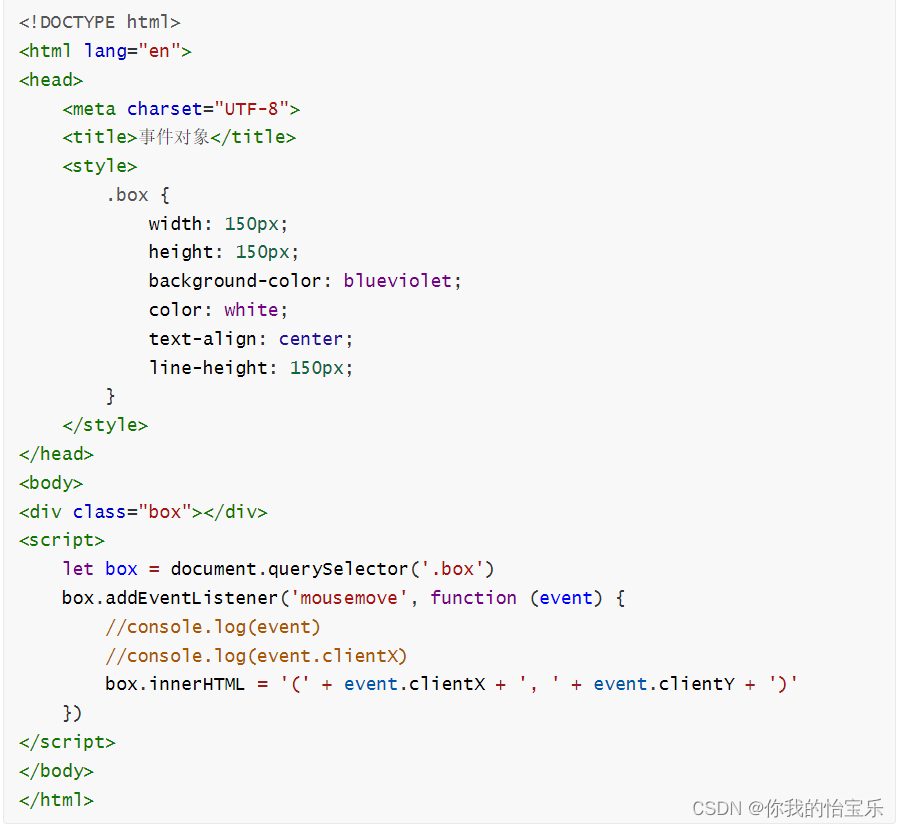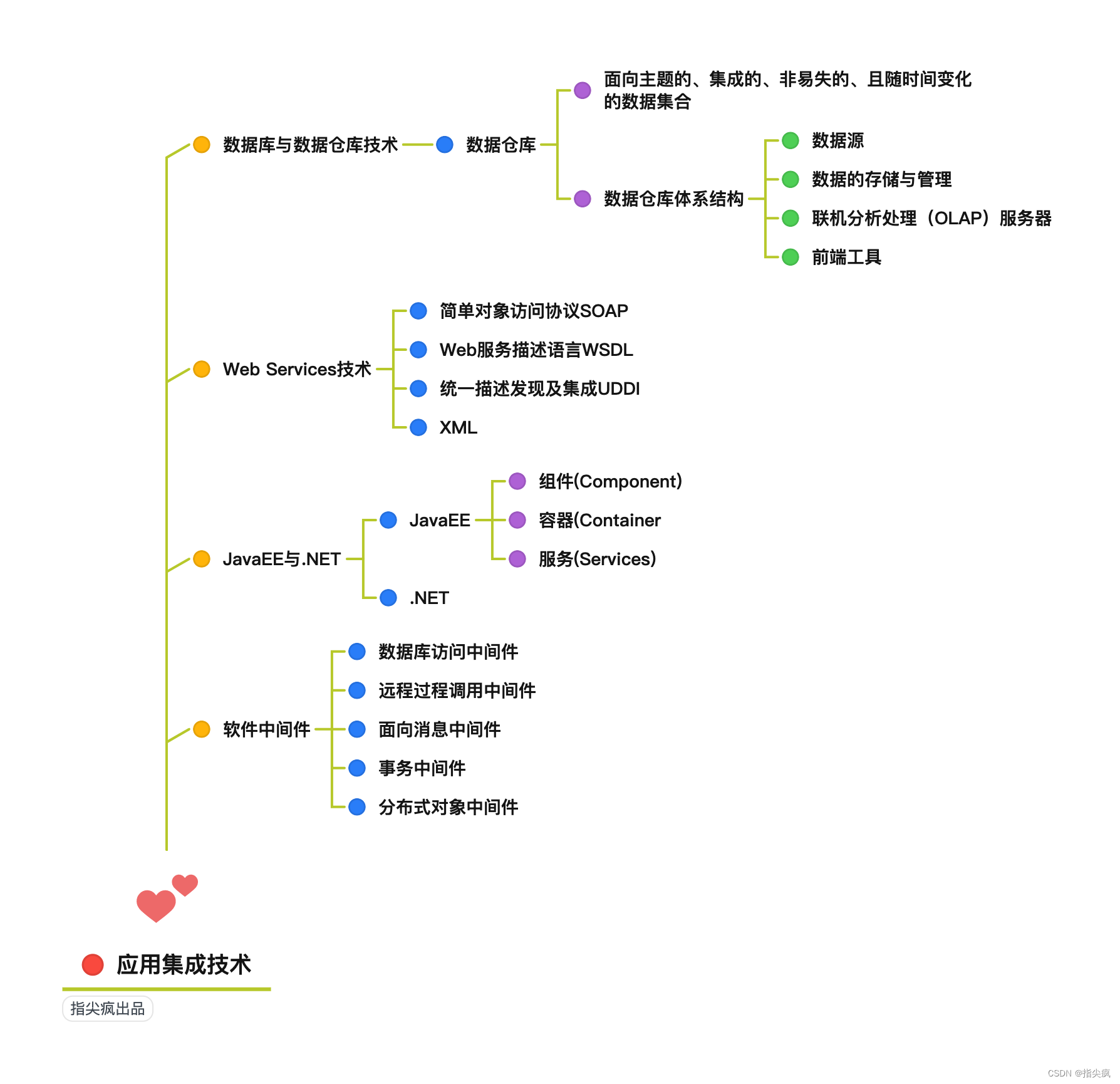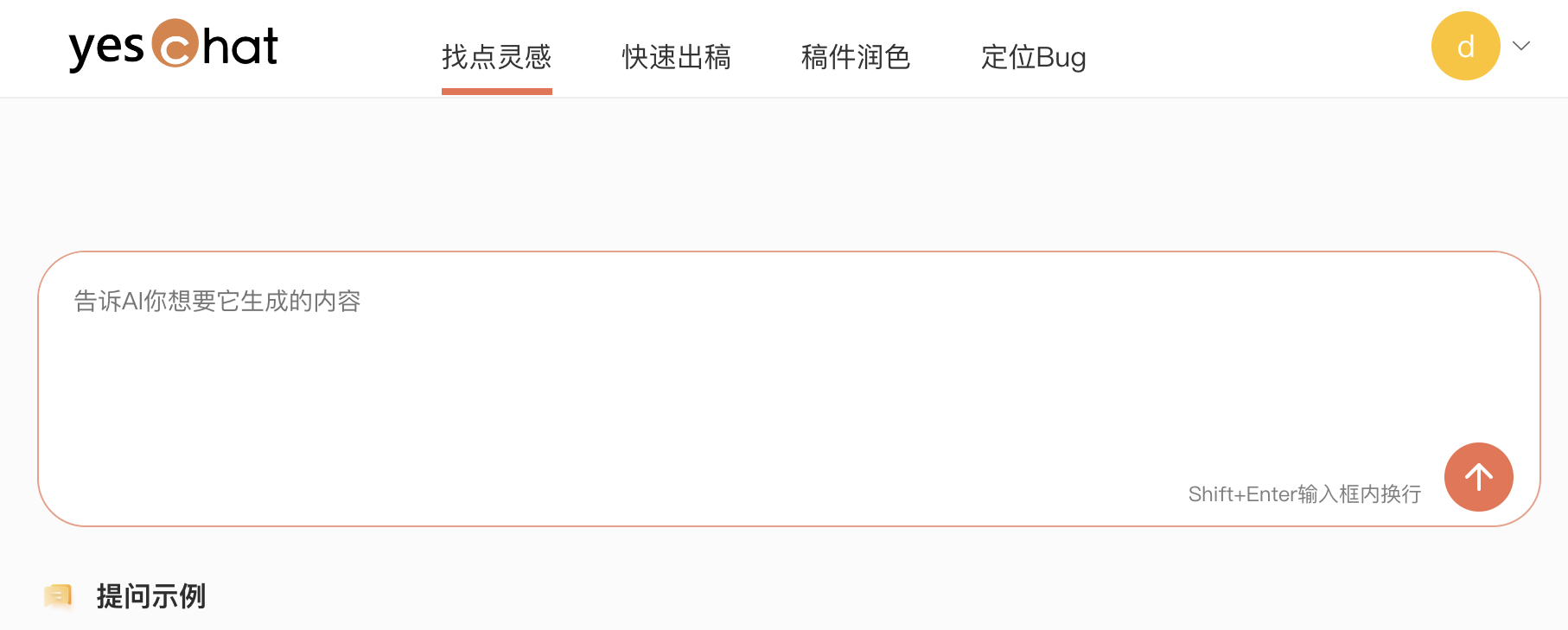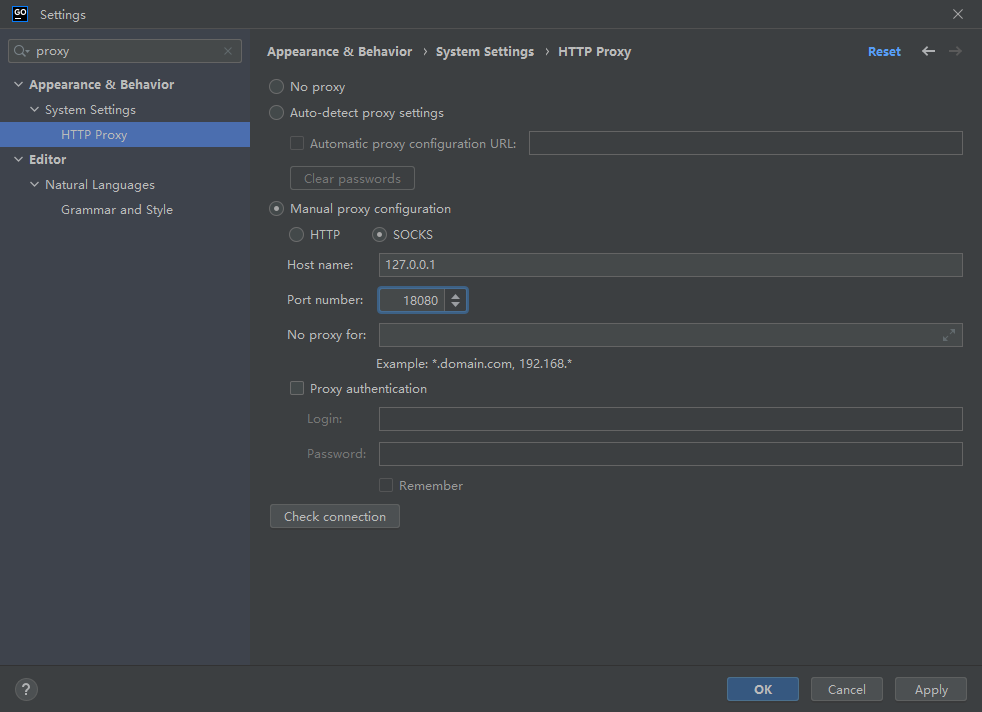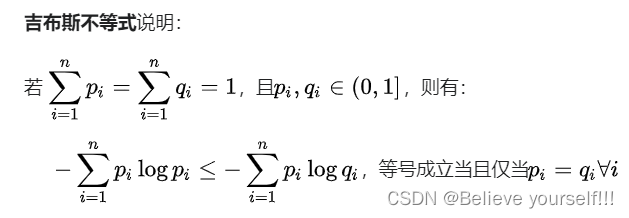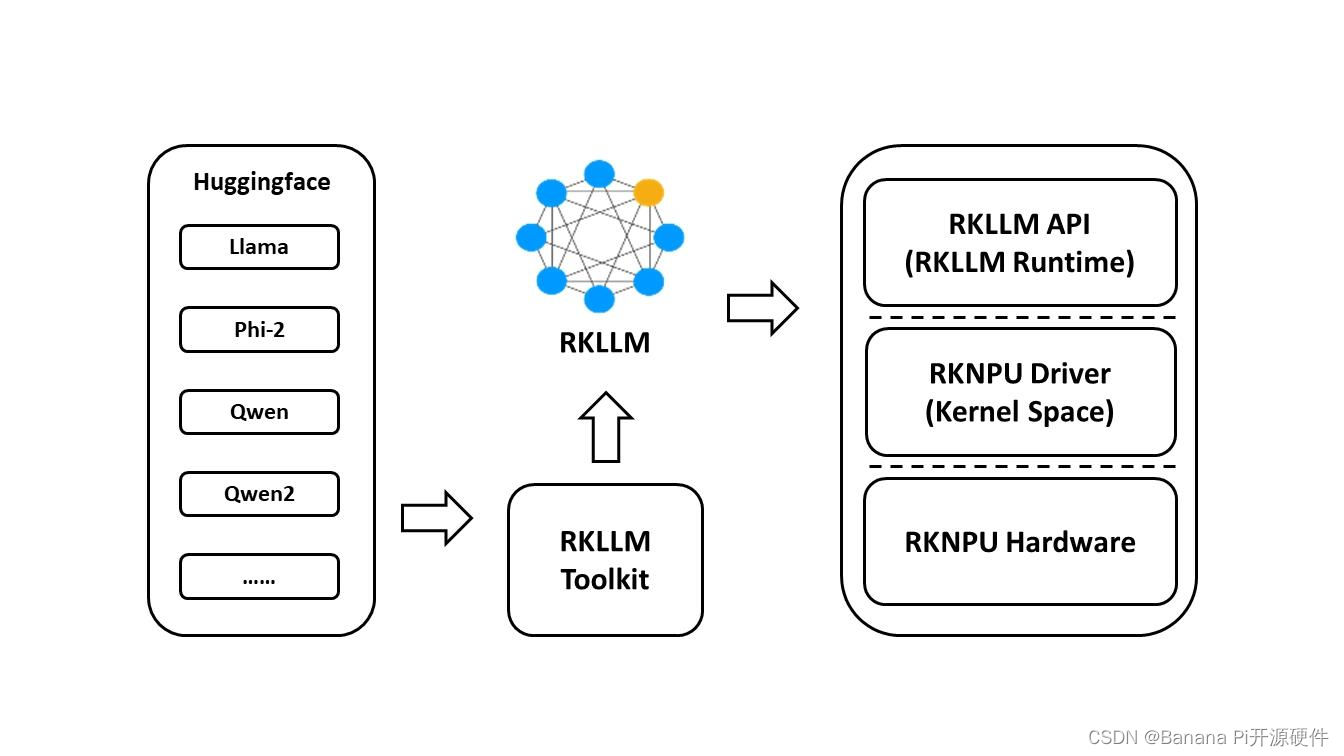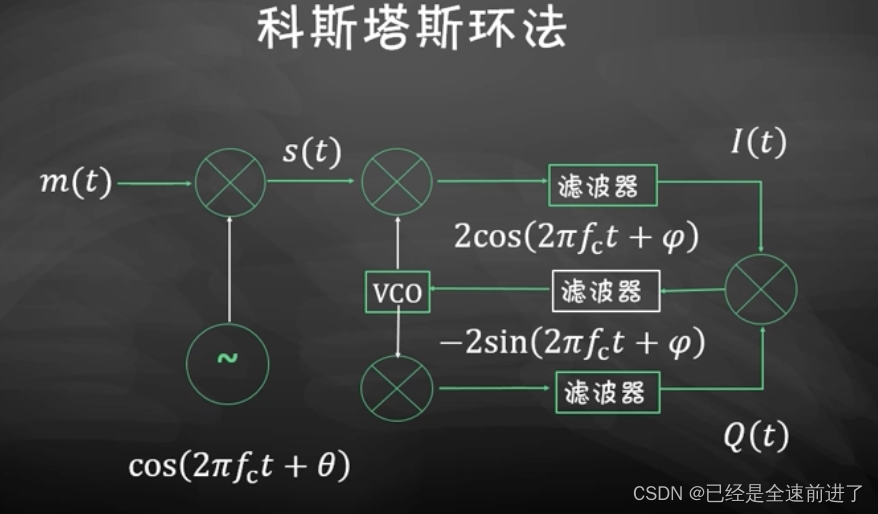. - 力扣(LeetCode)
给你一棵二叉树的根节点 root ,返回树的 最大宽度 。
树的 最大宽度 是所有层中最大的 宽度 。
每一层的 宽度 被定义为该层最左和最右的非空节点(即,两个端点)之间的长度。将这个二叉树视作与满二叉树结构相同,两端点间会出现一些延伸到这一层的 null 节点,这些 null 节点也计入长度。
题目数据保证答案将会在 32 位 带符号整数范围内。
示例 1:

输入:root = [1,3,2,5,3,null,9] 输出:4 解释:最大宽度出现在树的第 3 层,宽度为 4 (5,3,null,9) 。
示例 2:
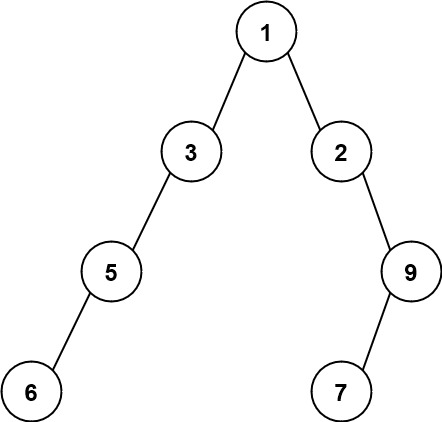
输入:root = [1,3,2,5,null,null,9,6,null,7] 输出:7 解释:最大宽度出现在树的第 4 层,宽度为 7 (6,null,null,null,null,null,7) 。
示例 3:
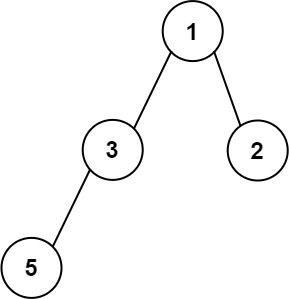
输入:root = [1,3,2,5] 输出:2 解释:最大宽度出现在树的第 2 层,宽度为 2 (3,2) 。
提示:
- 树中节点的数目范围是
[1, 3000] -100 <= Node.val <= 100
class Solution {
public:
int widthOfBinaryTree(TreeNode* root) {
unsigned long long res = 1;
vector<pair<TreeNode *, unsigned long long>> arr;
arr.emplace_back(root, 1L);
while (!arr.empty()) {
vector<pair<TreeNode *, unsigned long long>> tmp;
for (auto &[node, index] : arr) {
if (node->left) {
tmp.emplace_back(node->left, index * 2);
}
if (node->right) {
tmp.emplace_back(node->right, index * 2 + 1);
}
}
res = max(res, arr.back().second - arr[0].second + 1);
arr = tmp;
}
return res;
}
};

